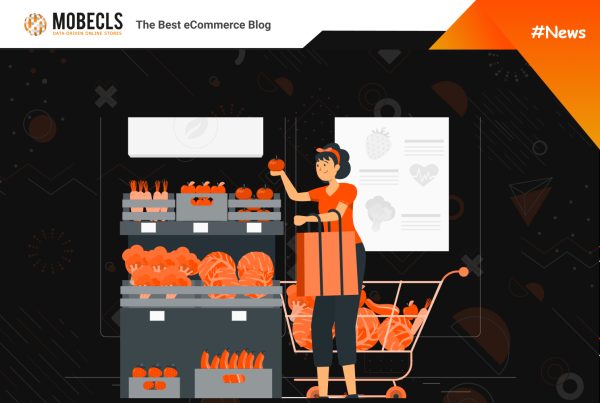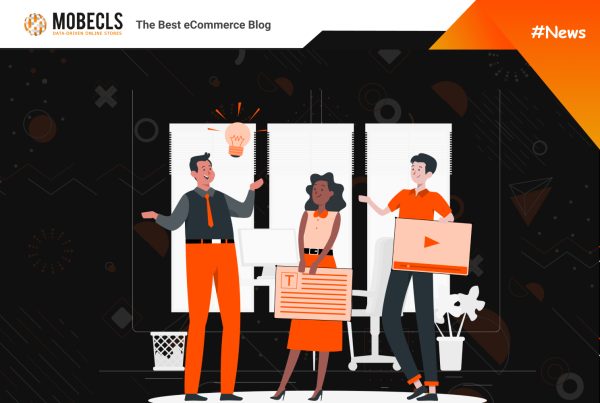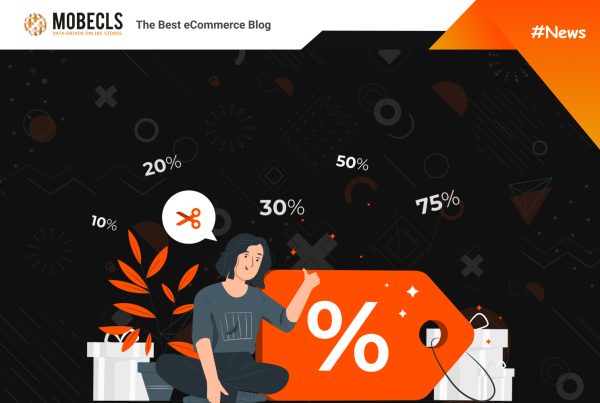In the digital age, customers are present on multiple channels, and their expectations for personalization are skyrocketing. As a result, companies are adopting multi-channel retailing strategies to engage with their audience effectively. To succeed in this landscape, it’s essential to develop a cohesive approach to interacting with prospects and customers across various platforms. In this article, we’ll explore the concept of multichannel retailing, as well as its advantages and disadvantages.
What is Multichannel Retailing?
Multichannel retailing is a powerful strategy that involves using multiple communication channels to connect with customers. This may include a combination of physical and online channels, such as brick-and-mortar stores, eCommerce websites, phone calls, social media, and direct marketing.
By leveraging the strengths of each channel, multichannel retailing aims to enhance the effectiveness and profitability of marketing campaigns. The ultimate goal is to provide customers with a seamless experience across all touchpoints, thereby improving satisfaction and loyalty.
It’s important to note that multichannel retailing differs from omnichannel retailing in terms of the customer’s role. While omnichannel seeks to place the customer at the center of marketing efforts, providing a cohesive and engaging experience across all channels, multichannel retailing offers customers a range of channels to choose from. Both approaches can be effective, depending on the specific goals and needs of the business.
Benefits of Multichannel Retailing
The multichannel strategy addresses a range of issues related to your audience, including audience acquisition and retention, traffic generation, lead generation, and conversions.
Better Aquisition and Retention
By leveraging multiple communication channels, you demonstrate your flexibility and provide a more satisfying experience for your audience. This, in turn, can lead to greater customer loyalty and repeat business.
By diversifying your communication channels, you can maintain a constant presence with your audience, whether through social media updates, targeted messages, or in-person interactions at your physical stores. This level of engagement can help build stronger relationships with your customers and enhance the overall customer experience.
Be Competitive
In the highly competitive world of eCommerce, it’s crucial to stay ahead of the curve. With so many shopping options available to consumers, it’s easy to lose business to your competitors if you don’t engage with your audience effectively. That’s where multichannel marketing comes in, enabling you to seize opportunities as they arise.
By leveraging multiple channels, you can gain a competitive edge over your rivals. For instance, if your competitors are not active on a particular channel, you can capitalize on that and capture the interest of your audience before they do. This enables you to establish a presence where your competitors are not, giving you a significant advantage in the marketplace.
Improved Communication
The multi-channel strategy is all about identifying the most cost-effective means of communication to achieve your objectives. This requires a careful consideration of your target audience and budget constraints.
Rather than trying to be present on every available channel, it’s important to focus only on the most relevant ones for your budget and goals. By doing so, you can optimize the effectiveness of your marketing efforts and achieve better results.
Increased Sales
In today’s world, customers have more power than ever before, as they get to choose the channels through which they want to interact with brands. They move seamlessly from one channel to another, depending on their objectives at the time.
To effectively engage with these customers, it’s essential to have a strong presence across multiple channels. By making your advertising visible on a variety of channels, you can reach a larger audience, boost your brand visibility, and ultimately increase your turnover.
Multichannel Retailing Challenges
Investing in new multi-channel communication methods can result in additional costs for a company. Therefore, it’s important to conduct market and target audience studies before making any decisions.
By carefully analyzing the market and your target audience, you can identify which channels are most effective for reaching and engaging with your customers. This can help you make informed decisions about which channels to invest in, ultimately saving costs while also maximizing the impact of your multi-channel strategy.
Inconsistency of Commercial Messages and Actions on Different Channels
communicate on Facebook is different from how you would communicate through email, for instance. It’s essential to adapt your message and language to each channel you use.
However, the main challenge lies in maintaining consistency across all channels while adapting to their unique characteristics. Your messages and actions must align with your brand’s values and voice, regardless of the communication channel used. By doing so, you can build a strong brand identity and improve customer trust and loyalty.
Misinformation Risks
With the abundance of communication channels available, it’s easy for customers to stumble upon inaccurate or uncertain information about your business. The internet provides an infinite number of resources, making it essential to inform your customers of the channels you use and provide consistent communication across all of them.
It’s important to remember that each channel has its own unique characteristics, which can lead to customers being directed towards the wrong channel. To prevent losing customers and creating confusion between channels, make sure to communicate clearly and maintain consistency in your messaging across all channels.
Need Help to Develop a Solid eCommerce Strategy for Your Website?




